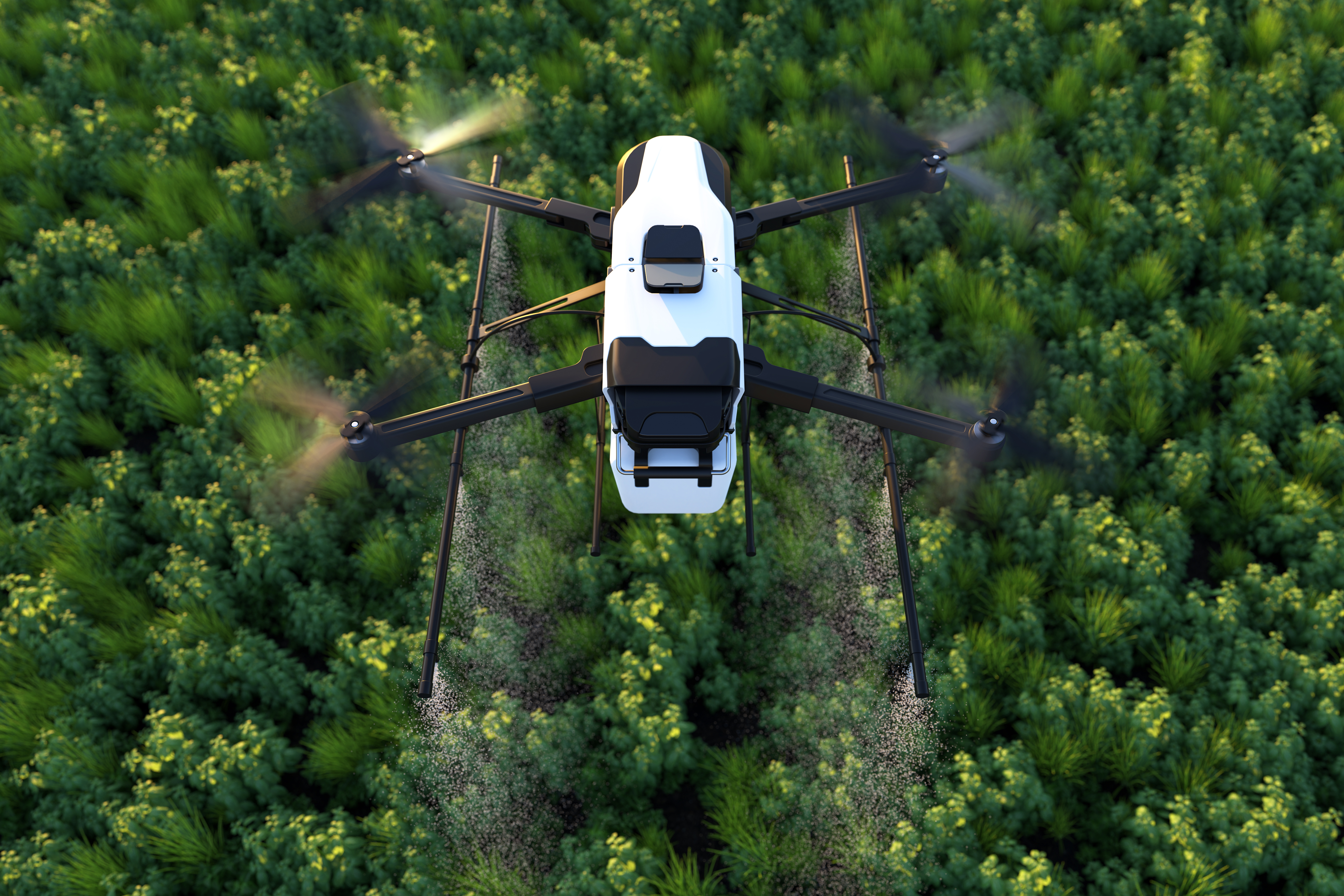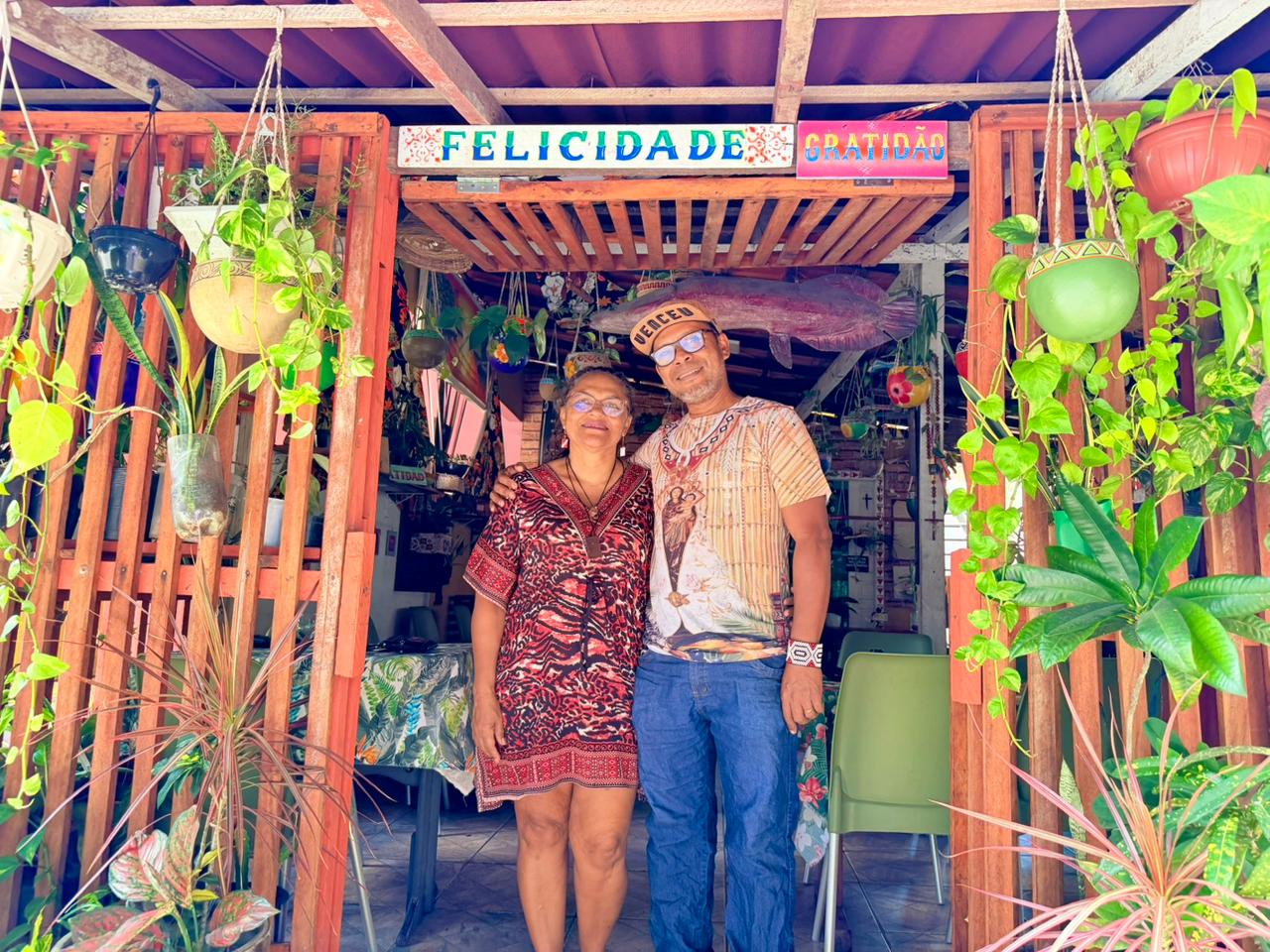
Why european companies sell in Brazil pesticides forbidden in their countries?
Brazil is the third country in the World with the highest use of pesticides

Photo: Divulgação / Freepik
By Domiziana Marinelli for EU Correspondent project
Every year more than 400 million farmers around the world are poisoned due to pesticides use, states a recent research.
Brazil is the third country per use of pesticides in the world, as highlights the new report «Pestizidatlas 2022» (Pesticide Atlas 2022). Most of those pesticides come from the EU, which applies a double standard on pesticides : selling in Brazil what is banned in the EU. In fact, even when a pesticide is recognized as hazardous in the EU, the industry can continue selling its products to countries where people are suffering from its use. Also, the EU may continue to import food commodities from these countries, closing this dangerous loop.
This research was presented on Wednesday (12/01) in Berlin by the Heinrich Böll Foundation, an organization close to the Green Party, with the German branch of environmental group Friends of the Earth and the newspaper Le Monde Diplomatique.
According with the report, this double standard is possible as “Brazil imposes limits on its population for toxic residues in food that are sometimes two or three times, and in some cases 100 times, above the maximum values allowed in the EU”.
Experts describe the billion-dollar business with pesticides and its consequences. The world’s four largest producers of pesticides are Syngenta (Switzerland/China), Bayer and BASF (Germany), Corteva (USA).They have reached a combined turnover of 31 billion € by 2020. But hardly the farmers find the way to be compensated for health issues due to this criminal business.
In 2019, at least 14 highly hazardous active ingredients that are no longer permitted in the EU were found among the currently employed in Brazil: Basf’s Fipronil and Epoxiconazole; Ascenza Agro’s chlorpyrifos; Cyanamide, from the German company Alzchem and Propineb from Bayer.
Pesticides are spread by the wind and can travel for hundreds of Km, affecting the environment, animals, plants and therefore, people from the countryside and the cities too.
Source : DW.com and « Pestizidatlas 2022 » (Pesticide Atlas 2022)
Sources links

